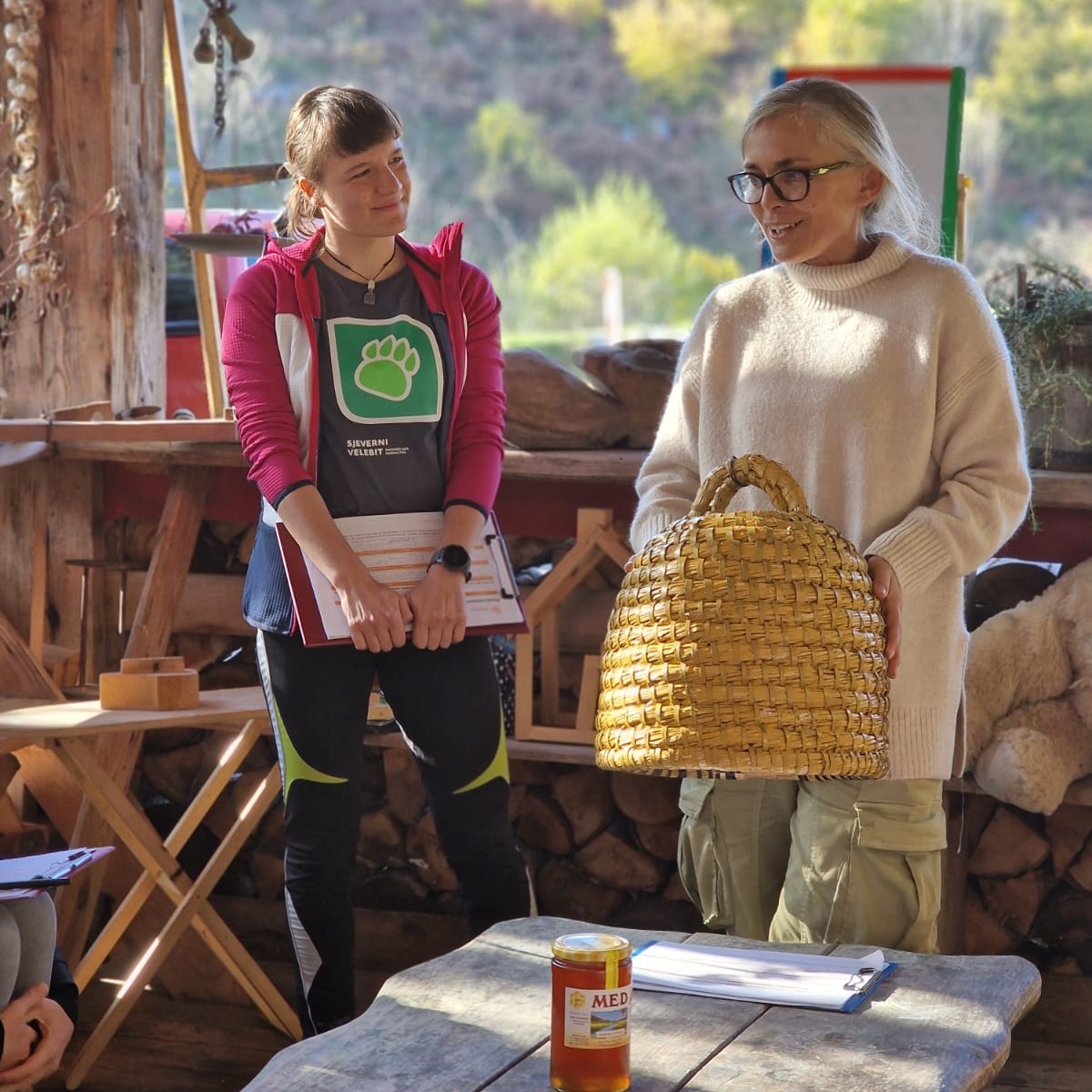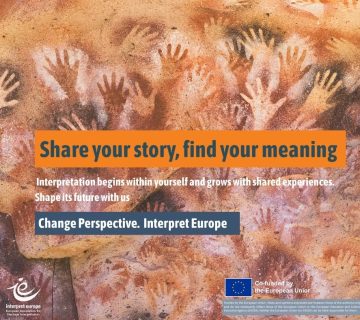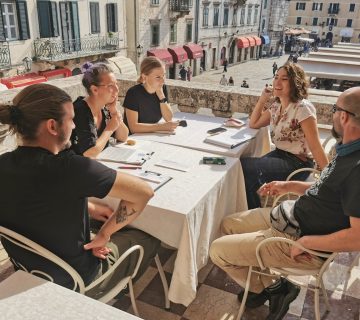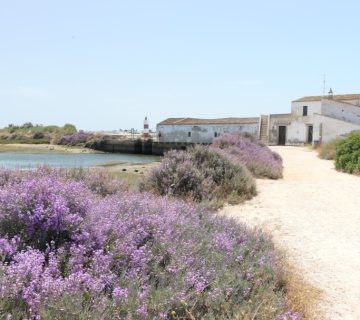A CIG course in Kuterevo, Croatia, brought together a vibrant community to explore heritage interpretation, sustainability, and collaboration.
In the small village of Kuterevo, nestled beneath the majestic Velebit mountain and North Velebit National Park, an IE Certified Interpretive Guide (CIG) course unfolded. Organised by the Butina rural household, the initiative was led by Maja Božinović, a visionary in community-based tourism. Maja, whom I met during our university days studying tourism, has long been dedicated to inspiring her community. Even then, she organised lectures to spark interest in sustainable tourism development in her region.
The success of the course lay in the collaborative spirit of Kuterevo’s stakeholders and the vital support of the Tourist Board of Otočac. The board co-financed the training, making it accessible to a broad group of participants. The leader of the tourism board even took part, recognising heritage interpretation as a key component of the region’s tourism strategy.
The diversity of participants was a highlight, with local representatives from museums, nature visitor centres, associations preserving intangible heritage, small tourism businesses, and guides, alongside a wider group from the Lika-Senj region and the rest of Croatia. This blend of backgrounds fostered a vibrant network for collaboration and the exchange of ideas.
The course delved into interpreting local phenomena rooted in Kuterevo’s gastronomic and intangible heritage. Some of the traditional phenomena participants explored were the craftsmanship behind the Kuterevka chair (made from beech wood) and Kuterevske coklje (traditional shoes crafted with woven uppers and recycled rubber soles). Interpretive guiding practices, along with discussions on sustainability, highlighted the importance of learning from traditional knowledge.
Phenomena like traditional hives (pletara) introduced participants to the world of bees, while plums, rakija, coffee, tea, and the traditional dishes offered a taste of Kuterevo’s rich culinary heritage. Interpretive walks brought the group to Gačanka, an association dedicated to preserving traditional crafts. Here, participants engaged with a collection of artifacts, learning to weave stories that connect visitors to the local culture.
On the sixth day, an additional workshop focused on strategies to sustain and expand heritage interpretation in Kuterevo. Participants concluded that collaboration, networking, and support from local authorities are critical for future efforts. The session inspired a shared commitment to integrating heritage interpretation into the region’s cultural and tourism strategies, ensuring a sustainable and vibrant future for the community.
This initiative demonstrated the transformative power of heritage interpretation, not just for visitors but for local stakeholders. By celebrating authenticity, sustainability, and collaboration, Kuterevo’s story serves as a model for other communities seeking to preserve and share their cultural identity.
Ivana Jagić Boljat is a museologist, heritage manager, and tourism expert from Croatia. She runs Visitor Friendly, a business specialising in heritage interpretation and training. Within her previous role at Muze Ltd, she gained extensive experience in interpretive planning, coordinating creative teams for exhibitions, and content development. Ivana can be contacted at: ivana.jagic@gmail.com.
To cite this article: Boljat, Jagić Ivana (2024) ‘Interpreting Kuterevo: A village of living heritage‘ in Interpret Europe Newsletter 4-2024, pg.12. Available online: https://interpret-europe.net/wp-content/uploads/2025/01/Newsletter-2024_4.pdf




